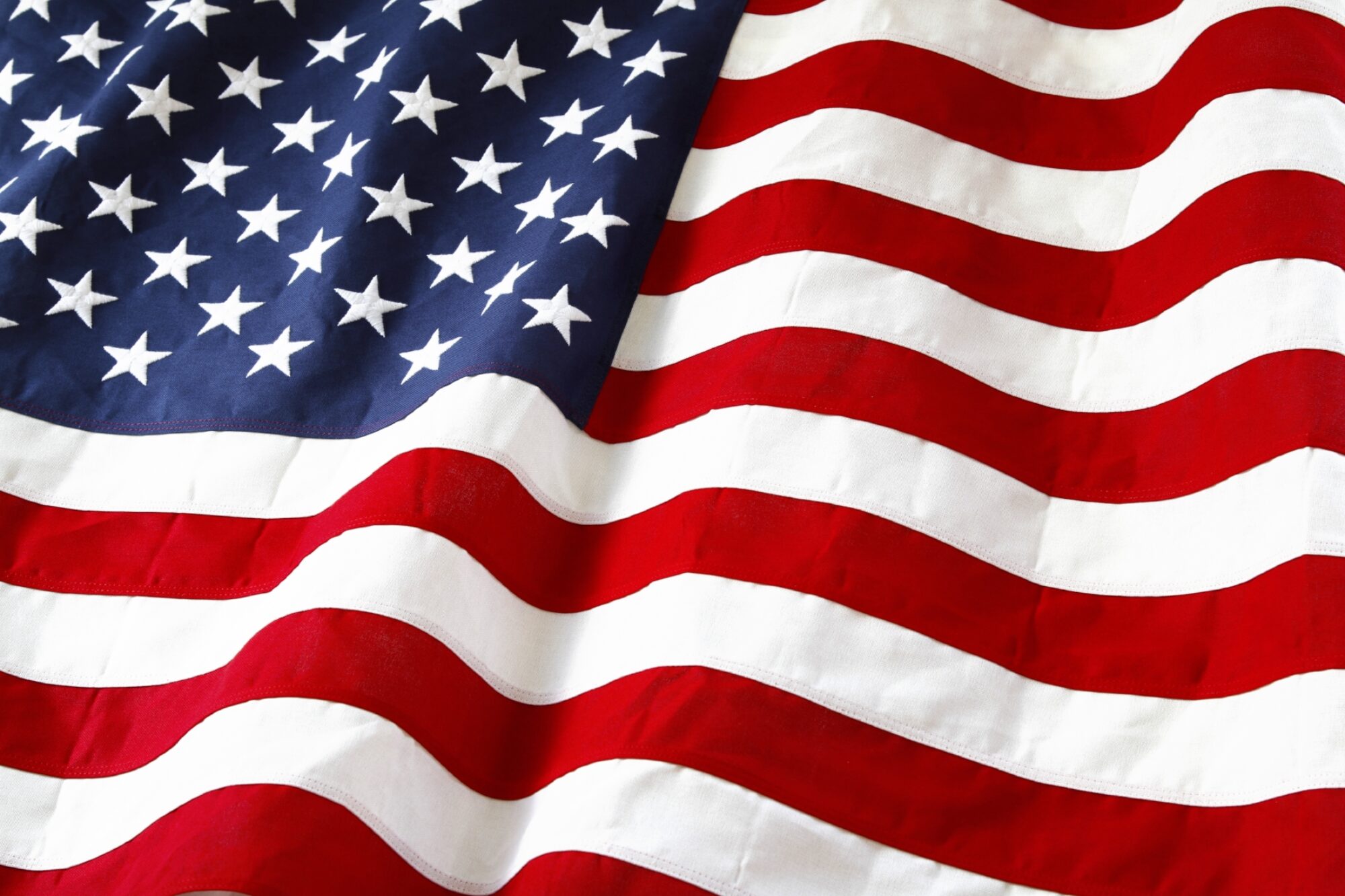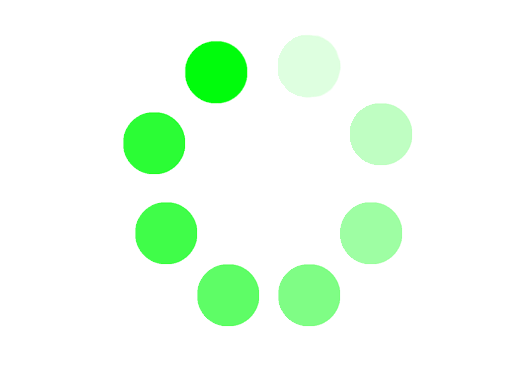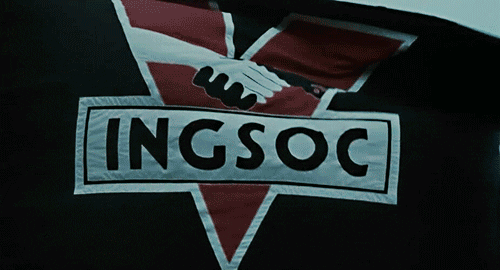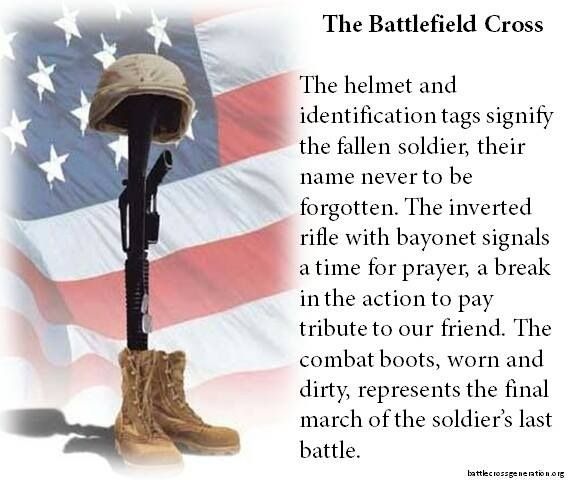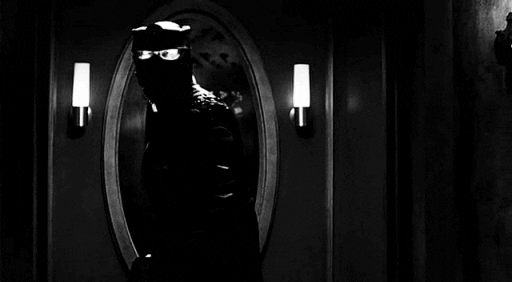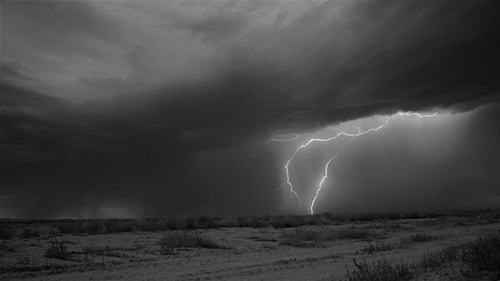
The storms of life will THREATEN me, but they will not OVERCOME me.
The storms of life will CHALLENGE me, but they will not WEAKEN me.
The storms of life will PURSUE me, but they will not CATCH me.
The storms of life will RESTRICT me, but they will not CONFINE me.
The storms of life will HURT me, but they will not KILL me.
The storms of life will CRITICIZE me, but they will not SILENCE me.
The storms of life will CAPSIZE me, but they will not DROWN me.
The storms of life will ENDANGER me, but they will not CONQUER me.
Our Nation is in the midst of multiple STORMS. Some may feel somewhat isolated from many, or even most, of these STORMS, but do not be naive and feel immune. STORMS of evil surround all of us. Some we can see and recognize, others we cannot see, but we can witness their manifestations. Inflation continues to make housing, healthcare, food, and energy costs more expensive. The growing National debt, where the current government leaders continue to spend money our Nation does not have, are adding one trillion dollars to our National deficit about every three months, threatening the dollar’s standing as the world currency, one of our most vital assets. STORMS of expanding wars, and the threat of others starting, are affecting world commerce. The FREEDOM and LIBERTY of the innocent are being negatively affected. The STORMS of illicit drugs, sex trafficking, and the continuing rapes and murders of our citizens by illegal aliens are expanding. The rape and murder of just one of our citizens by an illegal alien is one too many. Questions about the competency and cognitive condition of our current occupant of the White House brings with it STORMS of controversy and how that impacts the planning of many world leaders who seek our Nation’s demise. The multiple STORMS of politically driven prosecutions, almost completely against the current leadership’s opposing party, bring into question daily the fairness of our judicial system.
In addition to the beginning statements made above, we want to highlight words of wisdom passed down through the ages.
“Finally, be strong in the Lord, and in the strength of His might. Put on the full armor of God, that you may be able to stand firm against the schemes of the devil. For our struggle is not against flesh and blood, but against the rulers, against the powers, against the world forces of this darkness, against the spiritual forces of wickedness in the heavenly places. Therefore, take up the full armor of God, that you may be able to resist in the evil day, and having done everything, to stand firm.“ (Ephesians 6: 10-13.)
We are not asked to fight the fight alone, but we are not insignificant to the battle at hand. It is our faith in our Creator as the source of power to defeat that which we cannot see, that which we alone cannot conquer, that will calm these STORMS. Recall how the Egyptian army was defeated when Moses led the Israelites out of bondage in Egypt following the 10 plagues. “But Moses said to the people, ‘Do not fear! Stand by and see the salvation of the Lord which He will accomplish for you today; for the Egyptians whom you have seen today, you will never see them again forever. The Lord will fight for you while you keep silent [still]‘.” “Then Moses stretched out his hand over the sea; and the LORD swept the sea back by a strong east wind all night and turned the sea into dry land, so the waters were divided. And the sons of Israel went through the midst of the sea on the dry land, and the waters were like a wall to them on their right hand and on their left. Then the Egyptians took up the pursuit, and all Pharoah’s horses, his chariots and his horsemen went in after them into the midst of the sea. And it came about at the morning watch, that the LORD looked down on the army of the Egyptians through the pillar of fire and cloud and brought the army of the Egyptians into confusion. And He caused their chariot wheels to swerve, and He made them drive with difficulty; so the Egyptians said, ‘Let us flee from Israel, for the Lord is fighting for them against the Egyptians.’ The LORD said to Moses, ‘Stretch out you hand over the sea so that the waters may come back over the Egyptians, over their chariots and their horsemen.’ So Moses stretched out his hand over the sea, and the sea returned to its normal state at daybreak, while the Egyptians were fleeing right into it; then the LORD overthrew the Egyptians in the midst of the sea. And the waters returned and covered the chariots and the horsemen, even Pharoah’s entire army that had gone into the sea after them; not even one of them remained.” (Exodus 14: 13-28.) Do you doubt this ever occurred? Read from many articles related to this incident, and we list two of them here (wyattmuseum.com, 1993), (drrichardkent.org, 2014).
For a more recent reason to not fear these multiple STORMS, take comfort in these following words. “I have told you these things, so that in me you may have peace. In this world you will have trouble. But take heart! I have overcome the world.” (John 16:33; Jesus’ words to His disciples.)
The power that is behind us (God) is greater than the power that is before us (STORMS). Do not sit back and take your ease. Do your part to retain our FREEDOM and LIBERTY in our Nation. We must continually put feet to our prayers.
